Table of Contents Show
More and more people are dipping their toes into RV camping these days. And just like housing prices, the cost of owning a recreational vehicle has consistently risen to record highs. But there are still deals to be had, if you arm yourself with information, do some research on existing models and floor plans and recognize the added expenses involved with RV ownership before you start shopping. Below are factors that go into RV prices:
Cost Range of RV Types
RV types are split into two main groups:
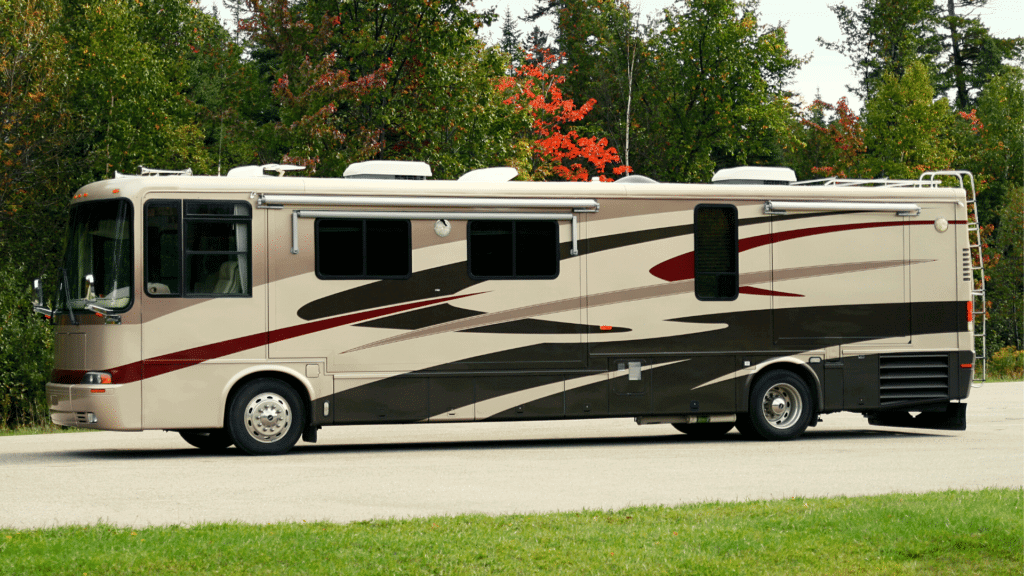
Motorhomes
These are motorized vehicles and consist of:
- Class A – Usually the largest of the RV vehicles, these have big front windows and sometimes look like a bus. They come with gas or diesel engines and many times can sleep 4 to 8 people. Class As usually range in length from 25’ to 40’, and new vehicles can cost from $75,000 to over $1,000,000 depending on the interior finishes and amenities ordered.
- Class B – These are typically known as vans. Engines can be diesel or gas, but the vehicle is only comfortable for 2 people. Vans can range in length from 17’ to 24’ and new rigs are priced from $75,000 to over $150,000.
- Class C – Commonly recognized as a truck chassis with a bed over the cab, these RVs can sometimes sleep 4 to 6 people. They can also have a diesel or gas engine. Class Cs can be from 21’ to 32’ and new ones are priced from $50,000 to $100,000.
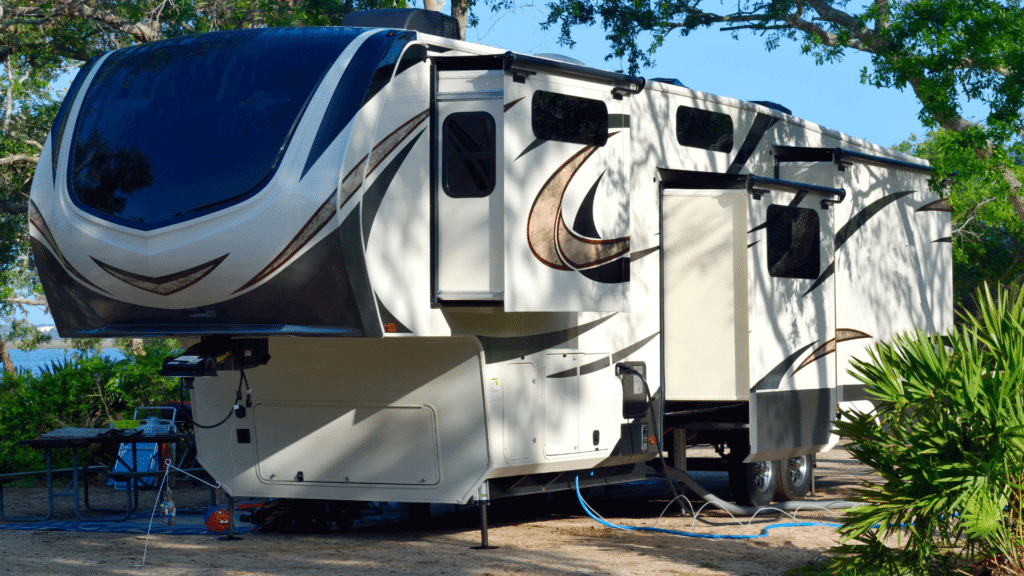
Towables
These campers are non-motorized (sometimes referred to as “trailers”) and are pulled behind a towing vehicle. They include:
- Pop-Up and Hybrids – These include campers that fold down into a hard-sided base and have tent-like sides for sleeping areas. They sleep from 2 to 4 people. Pop-ups are usually 12’ to 14’ in length and new campers can cost between $10,000 and $20,000.
- Travel Trailers – These would encompass trailers that are usually rectangular in shape, full-sided, and have a tow hitch at the front. They can also include slides that extend the living areas. These campers can be anywhere from 14’ to 40’ long and are priced between $17,000 and $50,000.
- Fifth Wheels – These trailers have a raised front portion with a hitch that sits inside of the truck bed that tows it. They can also have slides and range in length from 18’ to 42’. New campers can cost from $40,000 to $135,000.
When you compare RV prices by types, motorhomes are usually more costly because the vehicle has the added expense of a working engine (chassis) as well as living space (coach). But the larger sized 5th wheels and travel trailers can give you sticker shock as well because their interiors have become more luxurious over time.
What Other Factors Influence RV Prices Other Than Size?
There are several reasons that RV you are looking at is so expensive. Here are the top 3 factors that influence RV price:
- Manufacturer Reputation – Knowing the quality of workmanship a manufacturer puts into their product will not only affect the price but may also give you a longer-lasting and dependable product. Do your homework by searching RV forums and Facebook groups where customers talk about the good, the bad, and the ugly sides of each manufacturer’s models.
- Availability – If an RV model has a good reputation, chances are it will sell better than those that don’t. This can be a double negative for new buyers, as the dealership may be able to charge more for the popular model and there are fewer of them available for purchase. This may be somewhat negated by shopping for that model during non-peak buying seasons.
- Floorplan – Some floorplans are in high demand, which can make them more expensive. They may have an extra half bath or a kitchen island or extra bed space, giving them coveted status, which may drive the asking price a bit higher and make them less available on the dealer’s lot.
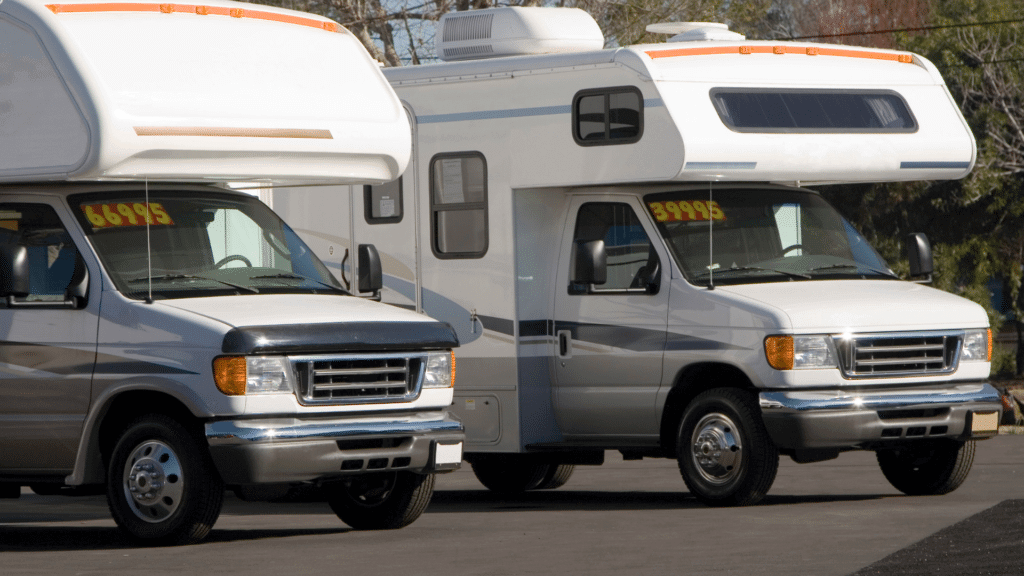
Should I Consider Buying Used?
If high prices are keeping you out of the RV loop, you may want to look into purchasing a used RV. Not only will the purchase price be cheaper, but you will not incur a huge drop in the appraisal value, as you do when driving a new vehicle off the lot.
Many RV owners buy slightly used rigs with lower sticker prices because many of the “kinks” have been worked out by the first owner. New RVs have their fair share of issues that get repaired under warranty, and these 2nd owners assume they will benefit from lower purchase prices and fewer repair fixes.
One thing to consider, however, if you need to take out a loan to buy a used RV, is the age of the vehicle. Even though it may be in great shape, many lenders will not loan money on vehicles that are 10 years old or more. Some might lend you a small amount on those vehicles, but the percentage rate will be much higher and the time to pay off the loan will be much shorter. On these much older vehicles it is usually a good practice to pay cash.
RV Ownership Costs
With ownership comes responsibility, and a portion of your money may go not only to monthly loan payments but:
- Taxes – You will have sales tax to pay upon purchase, although many financing institutions will allow you to roll those taxes into the loan if you choose. These are a direct result of the RV price you pay and where you live.
- Insurance – Newer RVs can be extremely expensive. It makes sense to have good overall coverage on your insurance policy in case of repair or replacement.
- Operating Expenses – Your new recreational vehicle will not get great gas mileage. In fact, you can probably count on motorhomes getting 7 to 14 mpg and towables might decrease your truck mileage by a good mount. So budget for fuel, propane to use in your heater, campground fees, oil changes, and set aside a chunk of money for repairs, because a moving “house” will need consistent maintenance and repairs.
- Accessories – You may decide that your RV needs leveling blocks, window awnings, new LED lights, or maybe you’ll upgrade that kitchen faucet. Keep these things in mind when planning your budget and if looking at used vehicles.
- Storage – If you plan to use your RV in the summer or for a few weekend trips a year, and you don’t have room to store it at your home (or your HOA doesn’t allow it on-site), you will need to put your rig in storage. Uncovered storage varies from state to state, but generally speaking, it might run you $50 to $75 per month, and covered storage or storage with electricity could run in the $100 to $300 per month range. Think about how often you will be utilizing this new purchase and where it will spend its “days off,” then you can start shopping, knowing that you have a plan.
The RV lifestyle is an enviable one, and it’s doable for any and everyone if you know what you are getting into. Setting up a budget for your purchase will help you find the recreational vehicle that will give you years of enjoyment at just the right price for you.
Get Your Free RV Buyers Guide Today!
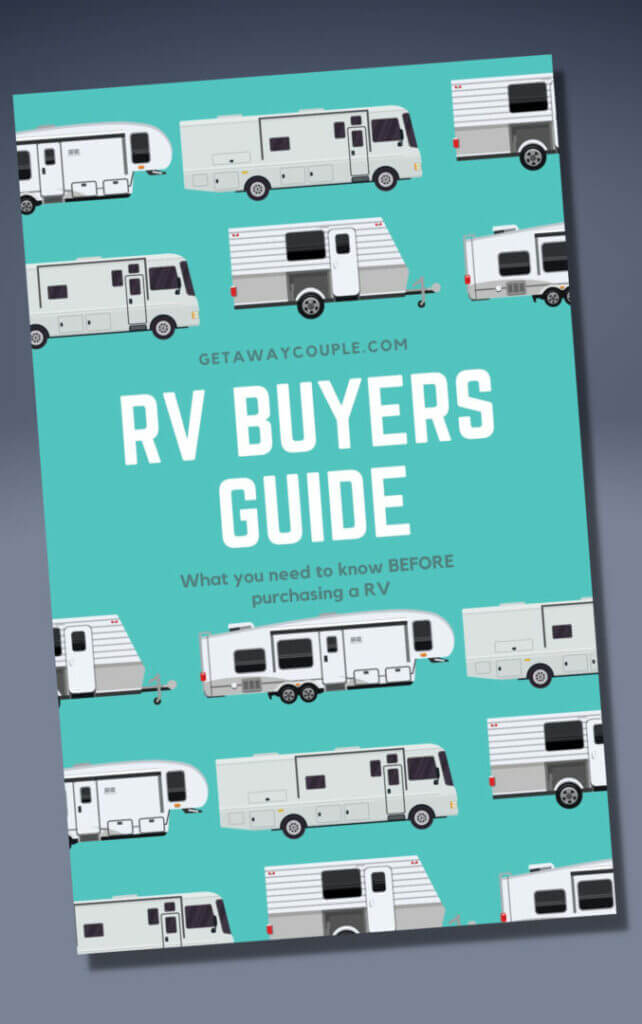
This valuable ebook will guide you step-by-step on how to purchase your first RV and save up to 30% off MSRP! Sign up for your FREE guide today!




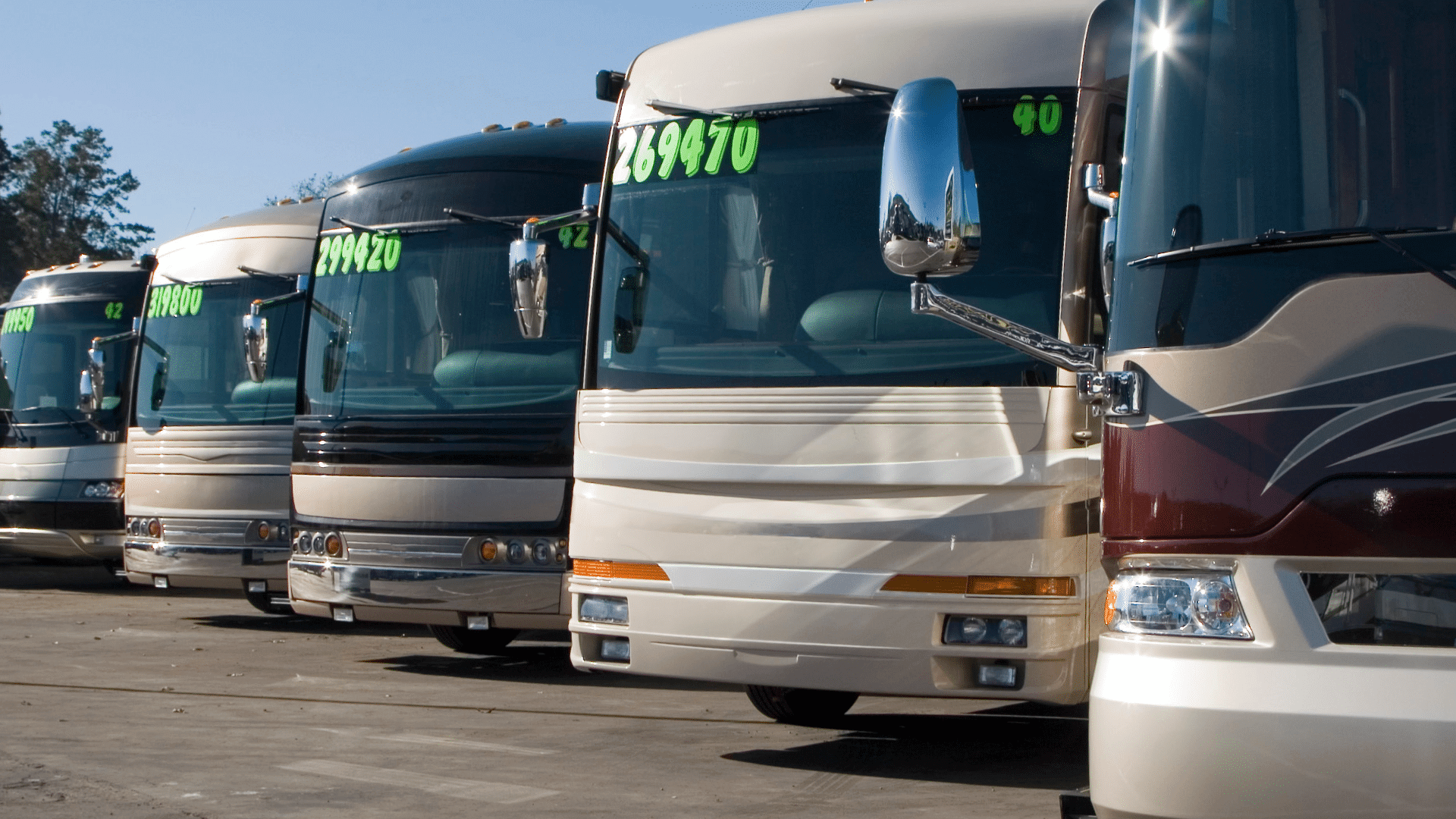
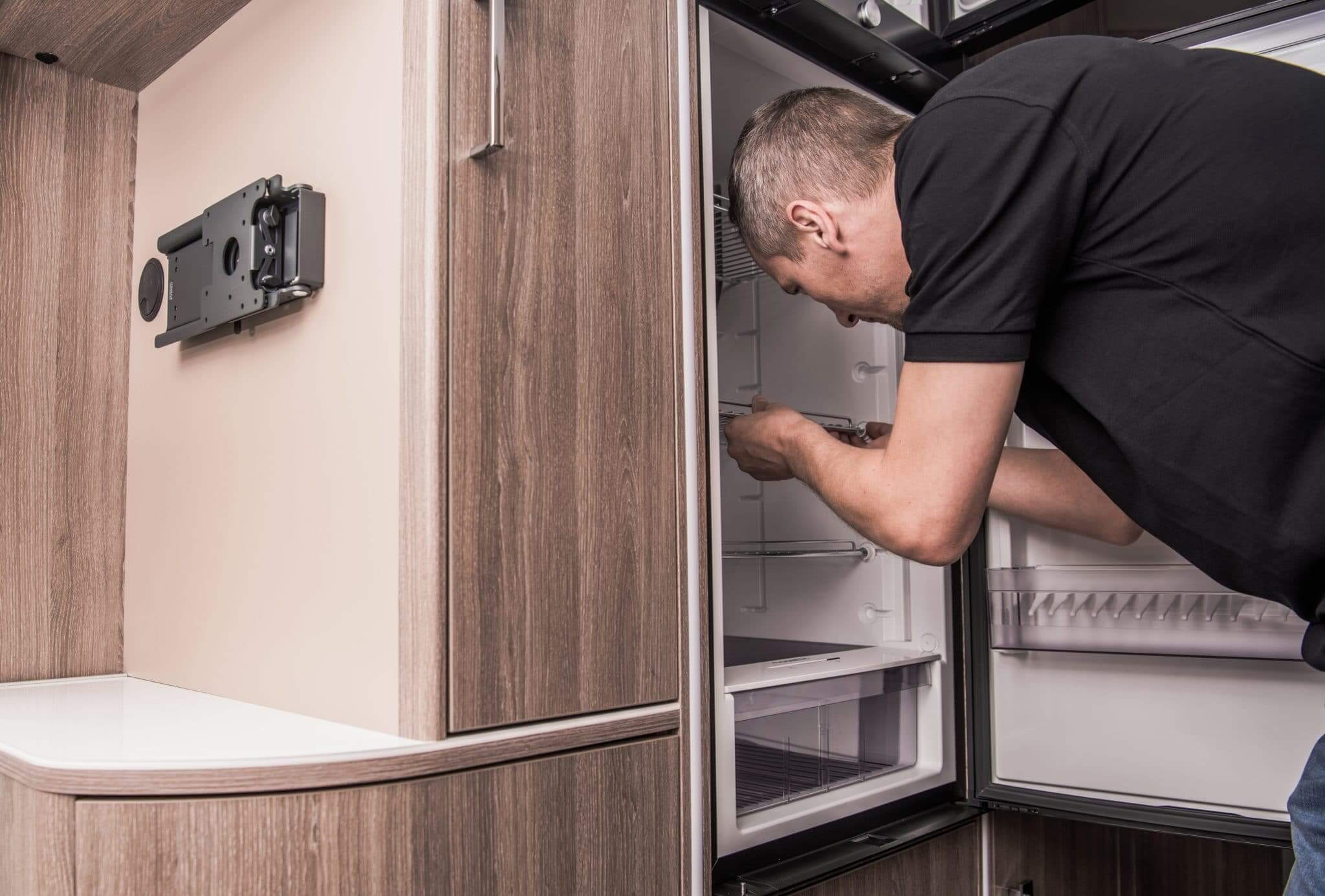
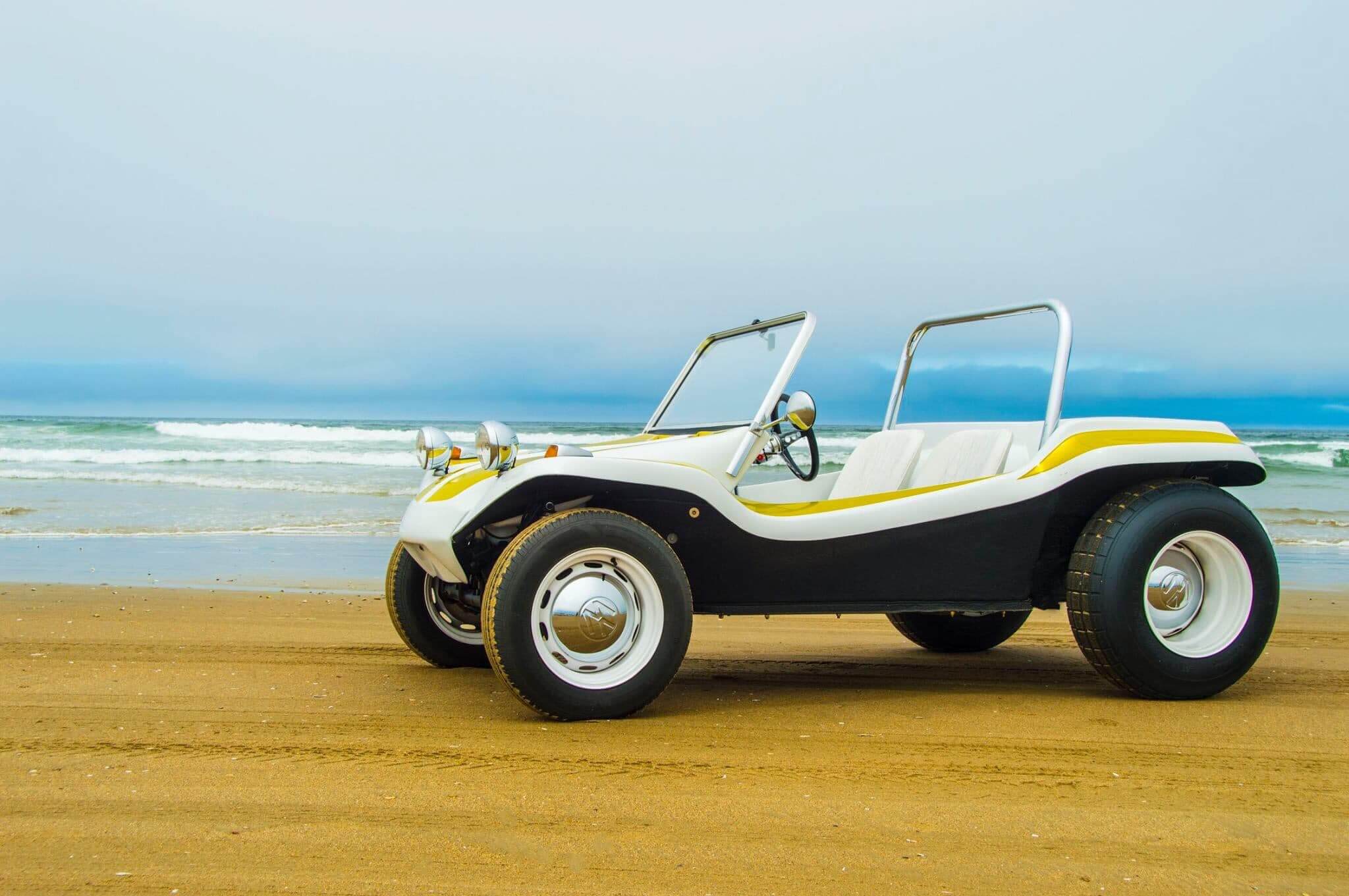
My wife and I are selling our main house in California and planning to buy a used motorhome to go full-time in it. My question to you is what is the best state to buy in? I can’t believe how much I need to learn. 😳 Thanks Don